The Beatles had an immense impact on rock ‘n’ roll in a general sense, but some of the most signature sounds of the mid-20th century can be traced back to specific songs by the Fab Four—the 1970s, for example, have “And Your Bird Can Sing” to thank for one of the most popular guitar techniques of the era. Amid other album cuts like “Eleanor Rigby” and “Yellow Submarine,” it’s difficult to distinguish the Revolver B-side as one of the more well-known hits from the record.
Videos by American Songwriter
Nevertheless, the rock world continued to hear elements of “And Your Bird Can Sing” for years after the Beatles finally called it quits. Even more interestingly, the rock subgenre that would use this Fab Four technique was one far removed from the Liverpool band: southern rock.
The Influence Of “And Your Bird Can Sing” That Almost Never Was
Sometimes, it takes multiple studio sessions to get a song to its full potential. Such was the case for the Beatles’ 1966 track, “And Your Bird Can Sing,” which the band recorded on two April days of that year. The first version of the Revolver track was truer to the jangly sounds of the 1960s, both their own and from contemporaries like the Byrds. However, the Fab Four opted not to go with this original version and revisited the track six days later at Abbey Road Studios. Rather than reflecting the sounds of the 1960s, the Beatles’ second version looked ahead to something new.
One of the track’s most distinctive parts arrives in the first five seconds: a cascading guitar duet between George Harrison and Paul McCartney, which they performed on matching Epiphone Casino electric guitars. The song opens immediately on the descending line with a fixed harmony. Harrison and McCartney utilized the same technique in musical interjections throughout the song. And while this song certainly didn’t invent the concept of duetting instruments, it did spark a somewhat novel trend that would continue to permeate the 1970s.
Duetting electric guitars became a staple of 1970s rock, particularly Southern rock like the Allman Brothers Band and Southern rock-adjacent California band the Eagles. “Ramblin’ Man” from the Allman Brothers Band and the Eagles’ “Hotel California” solo are prime examples of guitars playing the same part in perfect harmony. The parts themselves aren’t exceptionally complex. The real feature is the synchronization and blended tones of two guitars.
Unless you’re Joe Walsh.
How The Eagles Guitarist Took The Beatles Feature One Step Further
Taken by the prominent guitar harmony feature of “And Your Bird Can Sing,” the Eagles guitarist Joe Walsh set out to learn the solo, not realizing that George Harrison and Paul McCartney were both playing on the record. After spending hours learning how to play the part on one guitar, Joe Walsh ended up discussing the song with Beatles drummer Ringo Starr. After describing how he learned the guitar part, Starr told Walsh, “Nah, nah, nah. He played it twice. It’s two notes playing together!” The “Rocky Mountain Way” singer told the Chicago Tribune, “I think I’m the only guy who can play it, including George.”
The impressive technical skill impressed Harrison, too, who described the feature as “quite a complicated little line that goes right through the middle of the eight.” For Harrison and McCartney, it took some practice. “We had to work those out, you know. In the early days, the solos were made up on the spot.”
Photo by Daily Sketch/Shutterstock

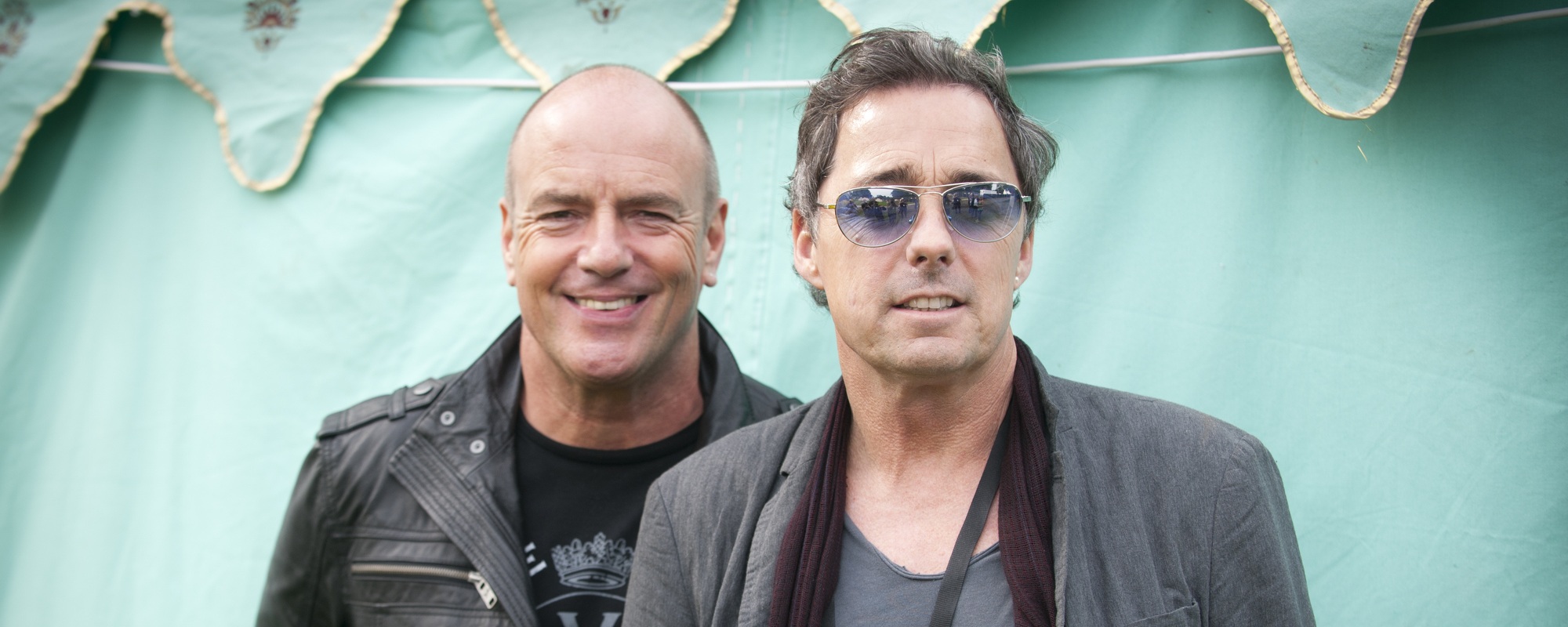



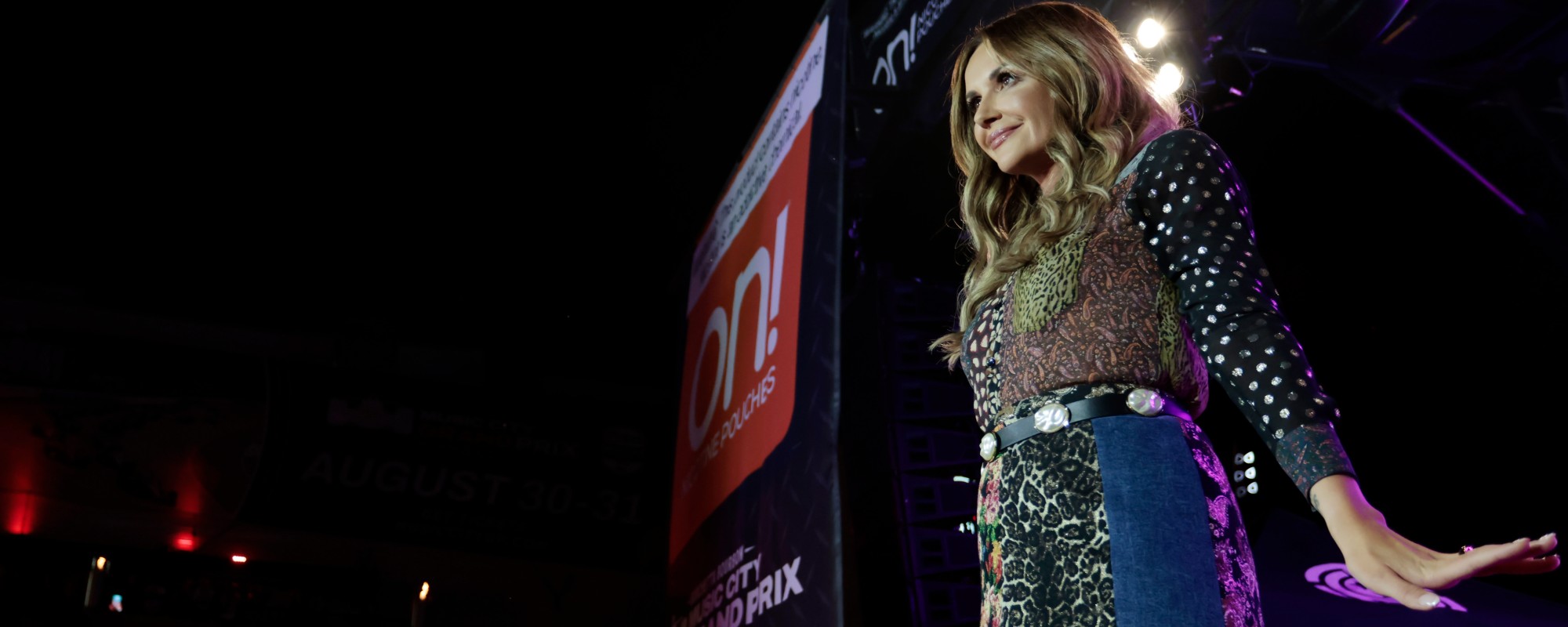

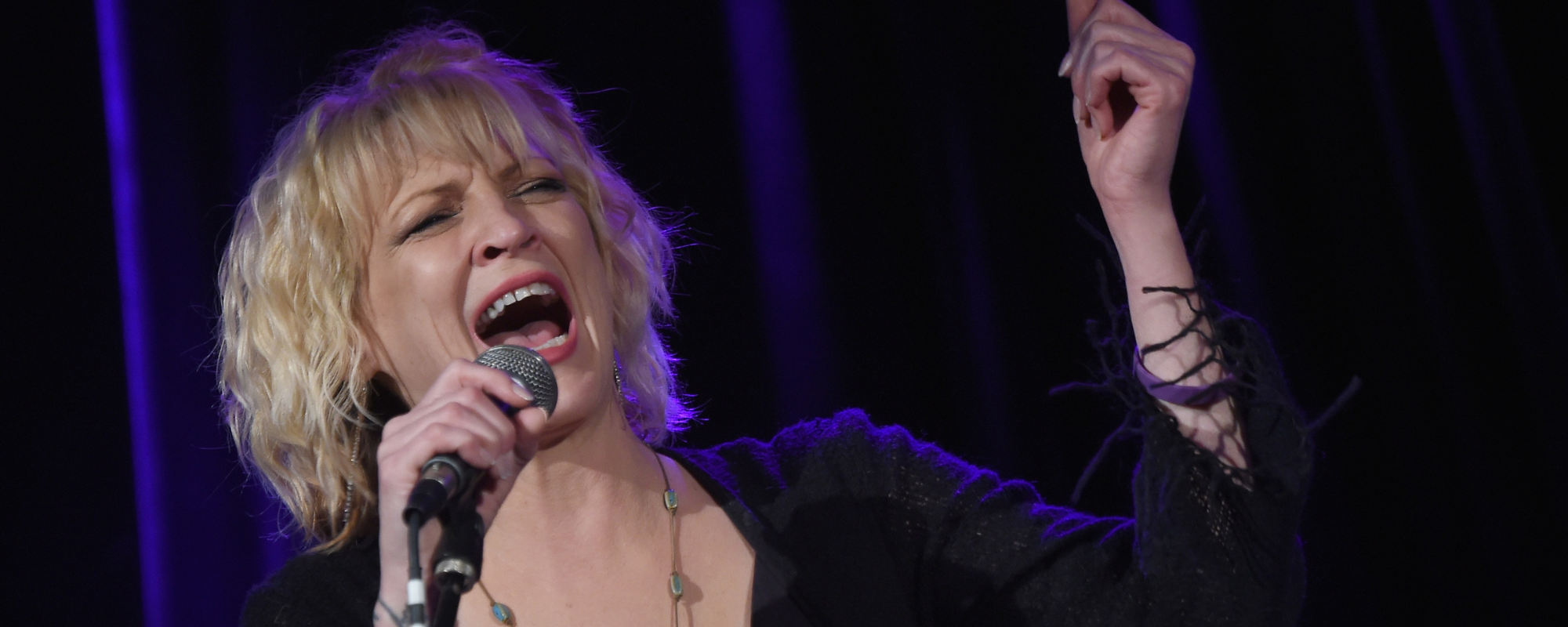
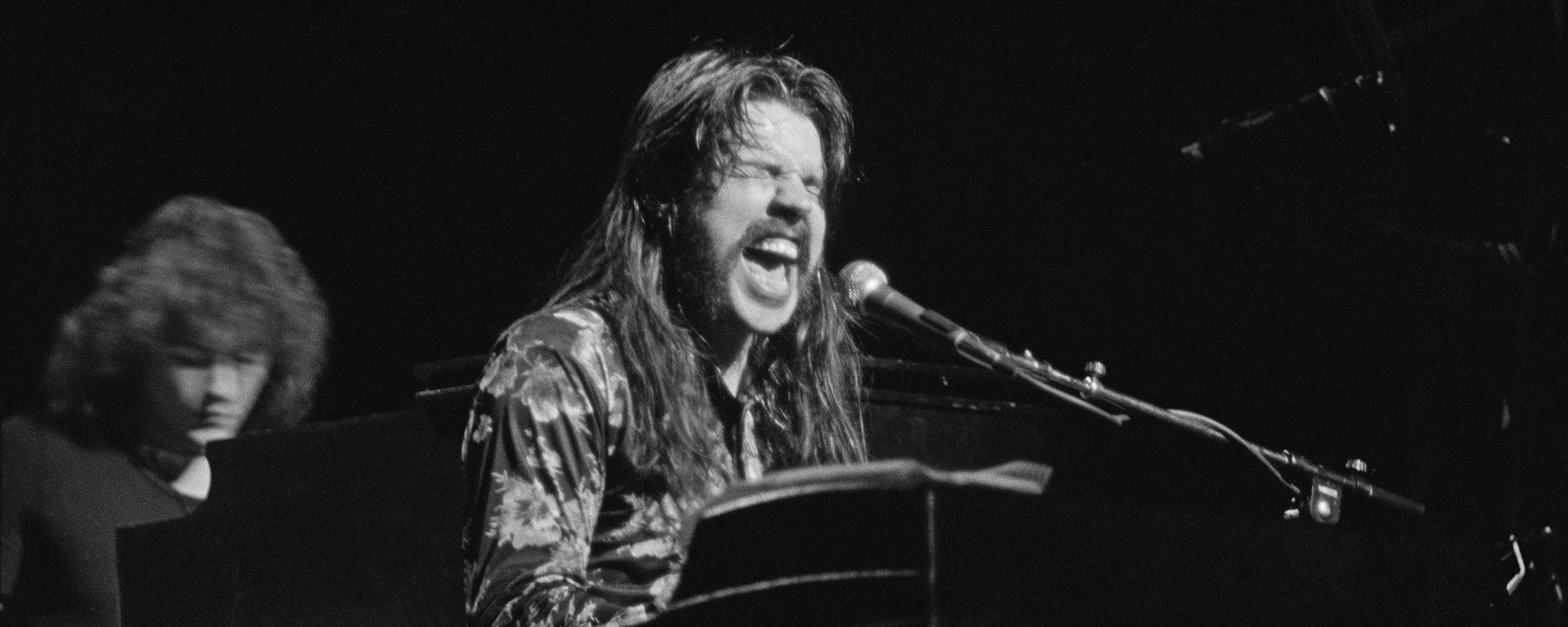
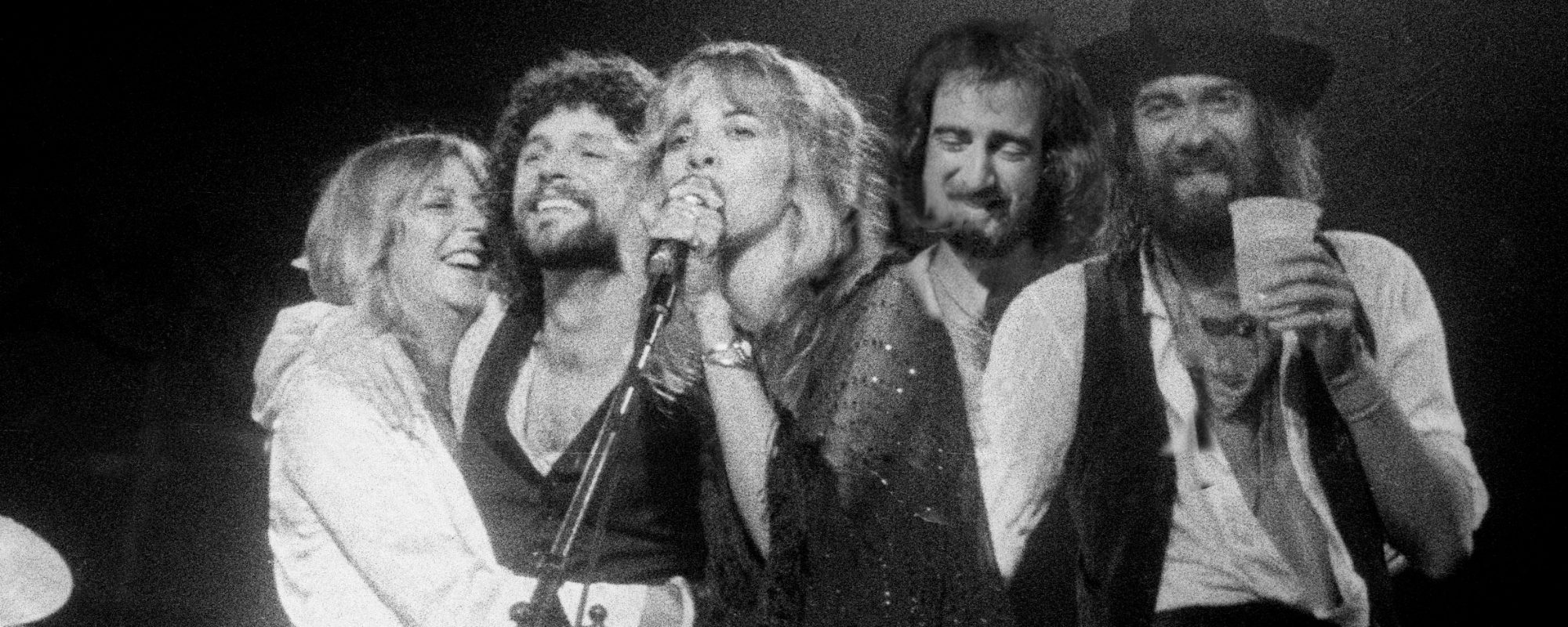
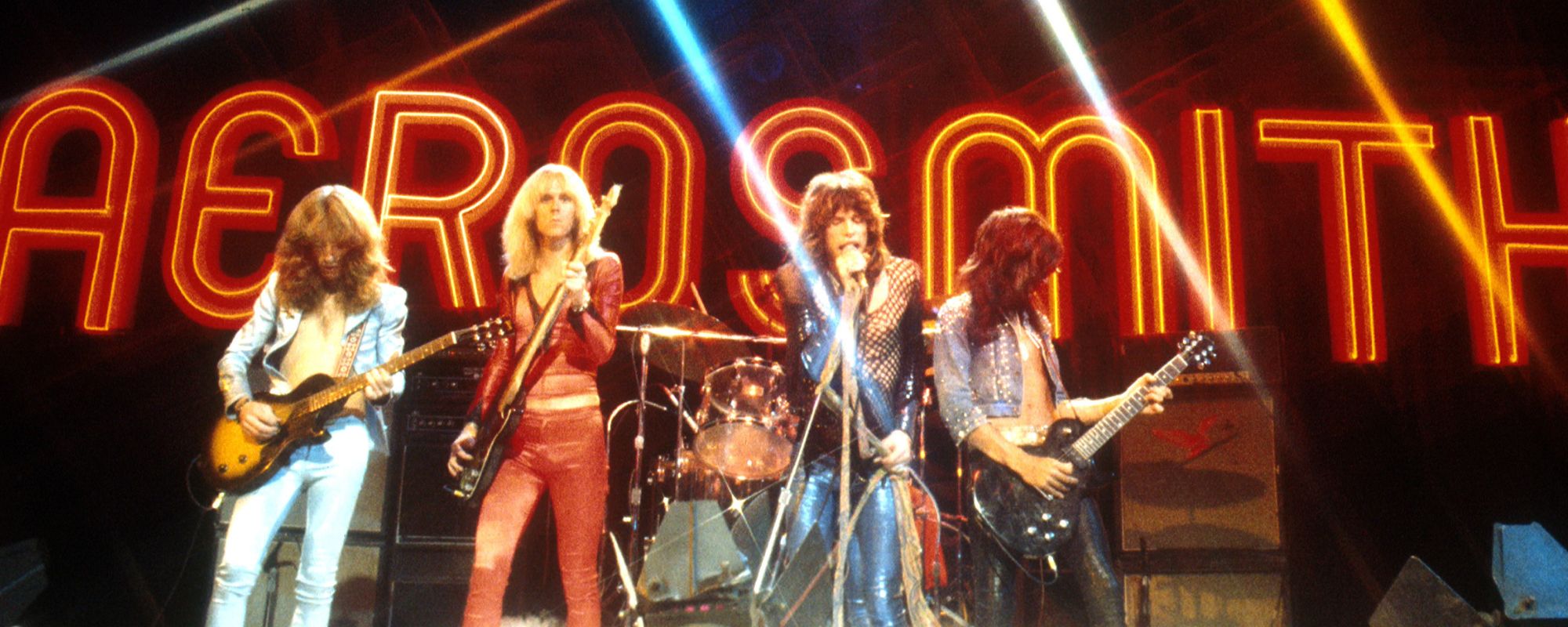
Leave a Reply
Only members can comment. Become a member. Already a member? Log in.